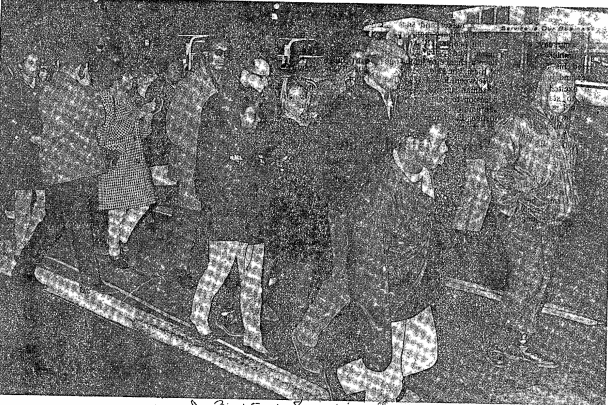
Found at the Wisconsin State Historical Society
Breaking Barriers from North to South

Found at the Wisconsin State Historical Society
Groppi was among the social activists who brought attention to racial injustice which ultimately led to the Civil Rights Act of 1964. This act secures the rights of all individuals to be free of segregation. He also fought for the 1986 fair housing act, which prevents (legal) discrimination in housing. Unfortunately, some act like they’re above the law.
In 1967, Groppi led more than 200 marches across the 16th Street Viaduct, a dividing line between black and white Milwaukee. The marches were credited with helping bring an open housing ordinance to Milwaukee the following year. Milwaukee’s longtime mayor, Henry Maier, actively disliked Groppi and felt that the priest was interfering with his city’s progress and acting like a thorn in the city’s side. This, however, did not dissuade Groppi from continuing his activism.
He participated in various protests, most notably the housing protests. In these, participants marched from “inner core” (The north side of Milwaukee segregated area for blacks only, with few jobs, disheveled and in disrepair) to South Milwaukee, to protest the segregation of housing in the city. To get there, they marched over the city’s sixteenth bridge. Later, that viaduct was renamed the James E. Groppi Unity Bridge.
The protesters were met with an angry mob who hurled objects and curses at the courageous marchers. After hundreds of days of constant protesting, the government grudgingly agreed to make discrimination in housing illegal.
Next: Eternally Helpful